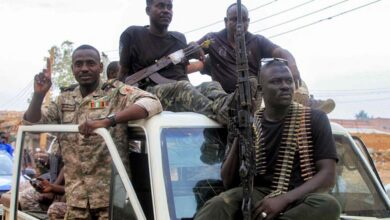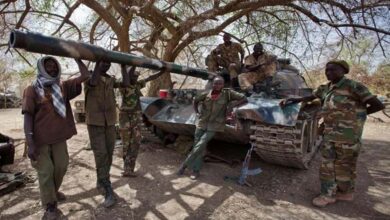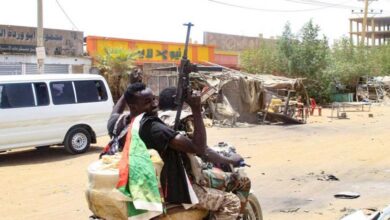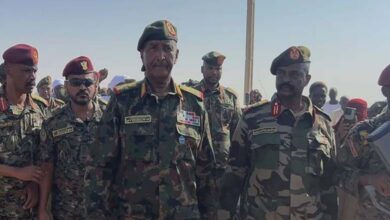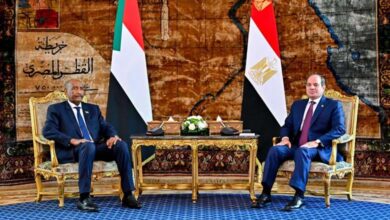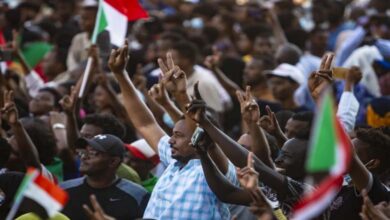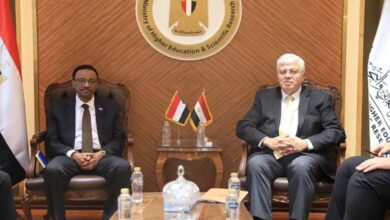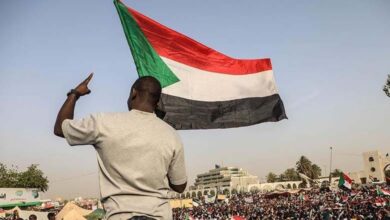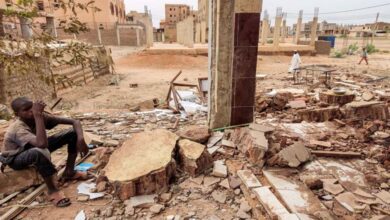Children without eyes and barren land: the chemical weapons that expose Port Sudan’s authority

Deformed fetuses, yellow stains that breed death instead of life, sterile soil, dying livestock, and homes reduced to ruins filled with coughing and burning eyes.
These scenes speak louder than the official narrative, placing the Sudanese army at the heart of accusations of using chemical weapons in its struggle for control of the country.
The war is no longer a simple military confrontation between the army and the Rapid Support Forces, but a battle with an invisible enemy that seeps into lungs and tears bodies apart slowly. It is the specter of chemical weapons, denied by the Sudanese army, yet confirmed by testimonies and the traces left behind.
-
Sudan Shaken by Retirees’ “No”: A Voice from the Army Rises Against War and Chemical Weapons
-
Sudan: Reliable Evidence Unveiled of Chemical Weapons Used to Kill and Maim Hundreds of Civilians Including Children in Darfur
Testimonies confirming the disaster
Human rights activist Rahab Mubarak, a member of the executive office of “Lawyers for Emergency” in Sudan, revealed that she had received reliable accounts from Sudanese citizens proving the use of chemical weapons by the army in its war against the Rapid Support Forces, in East Sennar and Jabal Moya, during 2024.
In January, the US Treasury Department announced sanctions against General Abdel Fattah al-Burhan, head of the Sovereignty Council and commander of the army, accusing him of directing attacks against civilians.
-
The Sudanese Army Under Scrutiny: Systematic Violations Against Civilians and Suspicions of Chemical Weapons Use
-
Chemical Weapons in the Army’s Hands: Sudan on the Brink of a Perfect Crime
The sanctions followed a report in The New York Times, quoting four US officials claiming that the Sudanese army had used chemical weapons at least twice in its battles for control.
In May 2025, Washington formally concluded that the army had indeed used such weapons during the previous year.
Most inhabitants of East Sennar and Jabal Moya were forced to leave their homes due to rising deaths, spreading illnesses, and fear of the chemical impact on children and the elderly.
-
The Sudanese Army and the Use of Chemical Weapons: Recent War Violations and Humanitarian Impact
-
The Flow of Weapons to the Sudanese Army from Foreign Sources… What Is Happening?
Yellow stains and persistent diseases
The sudden appearance of disturbing signs created panic.
A resident, identified as (A.M.), father of two, reported noticing changes in the soil where barrel bombs had struck: vast yellow patches, each about one acre in size, appeared between Jabal al-Tut and Jabal Moya, in addition to twelve others near the Sennar sugar factory.
He noted a surge in severe pulmonary infections among residents, unlike anything they had experienced before. He himself has suffered from pneumonia since September 2024 without recovery, despite numerous medical consultations.
-
Who funds Sudan with weapons?
-
Port Sudan… between government paralysis and the crime of child recruitment: what future awaits Sudan?
He also stated that several cases had been labeled cholera, though he doubts this diagnosis. Despite close contact with an infected relative, he never contracted it, while many patients mainly exhibited unusual stomach spasms.
Rahab Mubarak also relayed the account of another woman (M.A.) from the same area, who said three of her family members initially diagnosed with cholera now suffer from kidney failure, and that serious eye inflammations have become widespread, causing redness, constant tearing, and extreme sensitivity to light.
Congenital malformations and sterile soil
The testimonies extend further: a farmer (A.A.) reported that his cornfield in East Sennar failed to sprout even after 45 days, pointing to poisoned soil.
His neighbor (A.M.) described mass livestock deaths between May and July 2024 in the Rifaiyyin steppe, failed okra harvests, and daily encounters with dead snakes and rats, sometimes gathering hundreds at once.
Even more tragically, he recounted cases of congenital malformations: a woman (M.M.S.) gave birth to a child without eyes, who died at birth; another (A.M.A.) delivered a baby without ears; and a third relative had a baby girl with abnormal features and a simian-like nose, who died 18 days after birth.
These harrowing accounts draw the picture of a war that goes far beyond conventional weapons, etching irreversible scars into the land and into generations of human lives.


